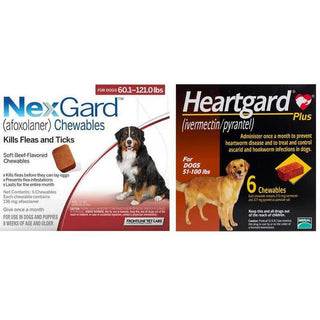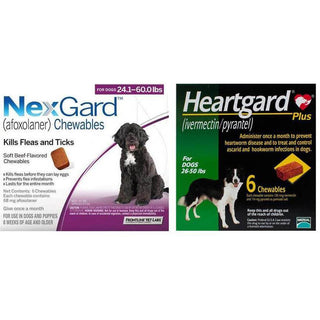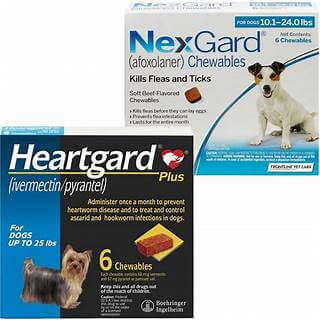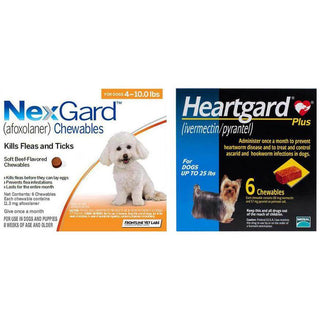
When we consider our own dental visits, we often focus on cavity prevention and teeth cleaning. However, pet owners play a crucial role in preventing the various dental problems affecting dogs and cats. By being mindful of these issues and practicing preventive dental care, pet owners can help their pets avoid pain and costly treatments, and potentially prevent more serious health problems.
What is Oral Disease?
Oral disease in pets often goes unnoticed until it becomes severe. Not treated can lead to serious complications affecting the kidneys, heart, liver, and lungs. Regularly checking your pet's mouth for broken teeth, tooth root abscesses, jaw fractures, and cavities (often caused by high-sugar diets) is essential.
Mouth pain can make your pet's life miserable, so to keep your pet happy and healthy, make it a habit to inspect their teeth and oral health regularly.
Oral disease in pets is the most common medical issue, with around 70 percent experiencing some form of periodontal disease by age two.
Symptoms Of Oral Disease In Cats And Dogs
The symptoms of oral conditions in pets can vary, but here are some common signs to look out for:
- Sneezing and nasal discharge may signal advanced gum disease.
- Tenderness and avoidance when touching a specific area of the mouth or jaw.
- Bad breath.
- Pawing at the mouth or rubbing it against the floor.
- Yellow or brown tartar buildup on teeth.
- Chewing food on only one side of the mouth.
- Bleeding or inflamed gums.
- Loose or wobbly teeth.
- Excessive drooling.
- Difficulty eating.
- Blood-tinged saliva.
Common Oral Disease
Here are some common oral diseases in dogs and cats:
Gingivitis: This term refers to gum inflammation, typically caused by bacteria accumulating as plaque. Gingivitis is painful for pets and, if untreated, can lead to periodontal disease.
Periodontitis: This is the second stage of periodontal disease. It occurs when bacteria move below the gumline, forming plaque and calculus. The bacteria cause inflammation and damage the gum and bone structure, resulting in loss of bone and loose, painful teeth.
Pyorrhea: This advanced stage of periodontitis involves damage to the structural tissue supporting the tooth. This leads to tooth loosening and the development of pus in the tooth socket, often resulting in tooth loss.
Stomatitis: This condition mainly affects cats; it is an exaggerated immune response to bacteria in the mouth, causing severe inflammation and pain and making eating difficult. When combined with gingivitis, it is known as gingivostomatitis.
Caries (Cavities): While less common in animals due to their low-sugar diets, cavities occur and should be checked. Advanced cavities that damage the pulp canal require removal or root canal therapy.
Oral Cancers: A professional should evaluate any growth or mass in the mouth. While some may be harmless, malignant oral cancers can quickly spread and become fatal if not addressed early.
Tooth Resorption: This condition affects dogs and cats and involves lesions that destroy healthy tooth structures. Unlike cavities, tooth resorption is not caused by bacteria and shows no outward signs until it reaches the oral cavity. Early detection typically requires X-rays.
Associated Health Issues
The oral diseases mentioned above are often a direct result of inadequate dental care, but they can also affect your pet's overall health. Bacteria, a primary cause of oral diseases, can spread to other body parts. Once it reaches the gums, it can enter the bloodstream and spread to the kidneys, heart, liver, lungs, and brain.
Additionally, poor dental health is associated with:
- Sepsis (blood infection)
- Osteomyelitis (bone infection)
- Heart disease
- Joint disease
- High blood pressure
By proactively managing your pet's dental care, you will protect their teeth and mouth and help prevent more severe health issues.
Diagnosis Of Oral Disease In Cats And Dogs
Persistent bad breath in your pet indicates something is wrong in their mouth. Discolored teeth and inflamed, red, gums are common signs that require attention. Schedule an evaluation with your veterinarian, who will recommend the best ways to maintain your pet's oral health. The treatment will be determined by the severeness of the damage and the root cause of the bad breath.
If your pet is comfortable with having their mouth handled, it will be easier for the veterinarian to treat any issues and maintain their dental health. You should train your puppy to accept mouth handling, but even older dogs can learn. Start with short, fun sessions. For example, relax with your pet, dip your fingers in something tasty like beef broth, and then rub their front teeth and gums. Gradually move to the back teeth and gums, and use a brush. It may take time, but the effort is worthwhile.
If periodontal disease is diagnosed, treatment will reverse and correct the condition. The veterinarian will assess tartar and plaque buildup and visually inspect the gums and tongue. If further diagnostics like an x-ray are needed, they may be done during teeth cleaning under anesthesia.
Treatment Of Oral Disease In Cats And Dogs
For advanced periodontal disease, your veterinarian may need to anesthetize your pet to treat the affected areas in the mouth. Before the procedure, a blood test may be performed to check for systemic organ issues, especially if your pet is older, to ensure no hidden risks. X-rays will be taken to identify any pockets of disease around the tooth roots or signs of bone deterioration. The plaque will then be removed using a high-powered ultrasonic water pick, similar to the process used by human dentists. The veterinarian will thoroughly check for any pockets of infection along the gum line.
Extraction may be necessary if a tooth is broken or the roots no longer support it. After extraction, the veterinarian may inject antibiotics into the gum cavity and suture it closed. Finally, the teeth will be polished and rinsed with an antibiotic wash before your pet is awakened and sent home. You will be given a course of antibiotics to administer to your pet to help clear up any remaining infection.
Recovery Of Oral Disease In Cats And Dogs
Once your pet is home, let him rest and recover. Follow the veterinarian's instructions to complete the treatment. A follow-up visit may be necessary, especially if a tooth was removed. Your vet will recommend the appropriate food for the first few days. Afterward, you can start a routine of regular tooth brushing to reduce plaque, the sticky film that harbors bacteria.
Use specially formulated pet products to clean teeth. Human toothpaste is too harsh and may contain xylitol, which is toxic to pets. Provide your pet with chew toys, some of which are coated with enzymes to help reduce tartar buildup. While chews are not a substitute for brushing, they are valuable to your pet's oral care routine.






